FS Colour Series: CRYSTAL ROSE Inspired by Helen Frankenthaler’s Pastel Pink
Throughout her long and varied career, American Abstract Expressionist and Colour Field painter Helen Frankenthaler often worked with pale, pastel pinks like CRYSTAL ROSE, letting them spill out across her paintings and prints in fluid, watery stains. With these cool, pale hues spread out across vast stretches of canvas, paper, wood or board she invoked great expanses of sky and water, inviting us to enter into a dreamy, sublime world of pure escapism. Her art came about through acts of free, expressive spontaneity, and she asked viewers to join her on her ride into the unknown. She said, “Every canvas is a journey all its own. There are no rules. Let the picture lead you where it must go.”
Helen Frankenthaler was born in 1928, and grew up in New York City. She trained as a painter at Bennington School in Vermont, and later, following her return to New York, she took art classes with the legendary art tutor Hans Hofmann. As an art student, Frankenthaler was keenly aware of the rising trend for Abstract Expressionism and she studied the work of Willem de Kooning, Lee Krasner, Jackson Pollock and Franz Kline.
In her own paintings, Frankenthaler experimented wildly with the free application of paint. In 1952, she had a significant breakthrough, discovering her trademark ‘soak-stain’ technique which involved pouring diluted paint directly onto raw canvas from above, and leaving it to pool in spontaneous and unexpected ways. Mountains and Sea, 1952, was the first of Frankenthaler’s artworks to introduce this new technique – she uses it here to capture the breezy atmosphere of Nova Scotia from where she had just returned on holiday. Here pale pinks jostle in amongst pastel shades of blue and green, while fluid lines suggest the loose outlines of a place half-remembered, and its lingering impression in the artist’s memory.
Throughout the years that followed Frankenthaler’s paintings became increasingly large and ambitious, conveying her love of landscape on vast, expansive canvases filled with airy, breezy shades of lilac, blue and pink. Her paintings took Abstract Expressionism in a new direction, one that was more fluid, open, and light-infused, and her art is now recognised as a fundamental stepping stone between Abstract Expressionism and Colour Field painting.
Towards the later half of the 20th century Frankenthaler began experimenting with various different printmaking techniques, including screenprinting, lithography and woodcuts, and she continued to play with the way different processes could open up her abstract language for the remainder of her career. As such, she became a key player in the so-called ‘print Renaissance’, during which time a series of modernist artists embraced the possibilities of printmaking with an abstract language. Many of Frankenthaler’s prints reflect the same watery, fluid qualities and fresh pastel hues of her paintings, such as Flirt, 1995. This expressive screenprint is dominated by ice-cream pink, washed across the paper in painterly strokes, while wave-like patterns lap at its edges like water over sand.
In Frankenthaler’s delicate, barely there lithograph Reflections XII, (from the ‘Reflections Series’), 1995, a loose wash of tart pink shimmers like condensation on glass, off-set against one slim green strip in the upper edge of the paper. Tales of Genji VI, 1998, is one of a large series of artworks Frankenthaler made in response to the 11th century novel Tales of Genji, written by Murasaki Shikibu, which tell tales from the life of the fictional Prince Genji. The book became inspiration for many works of art in the centuries that followed, and it is likely that Frankenthaler looked at replicating the textures and tones of Japanese woodblock prints in this work of art, and others in the series. Here she prints expressive washes of pale pink over paper with the texture of wood grain, suggesting a passing trace of human presence, lingering in a ghostly form.





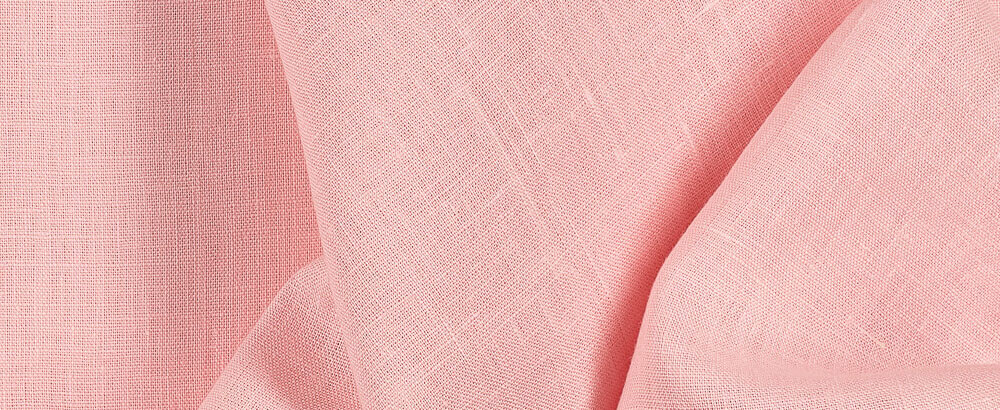
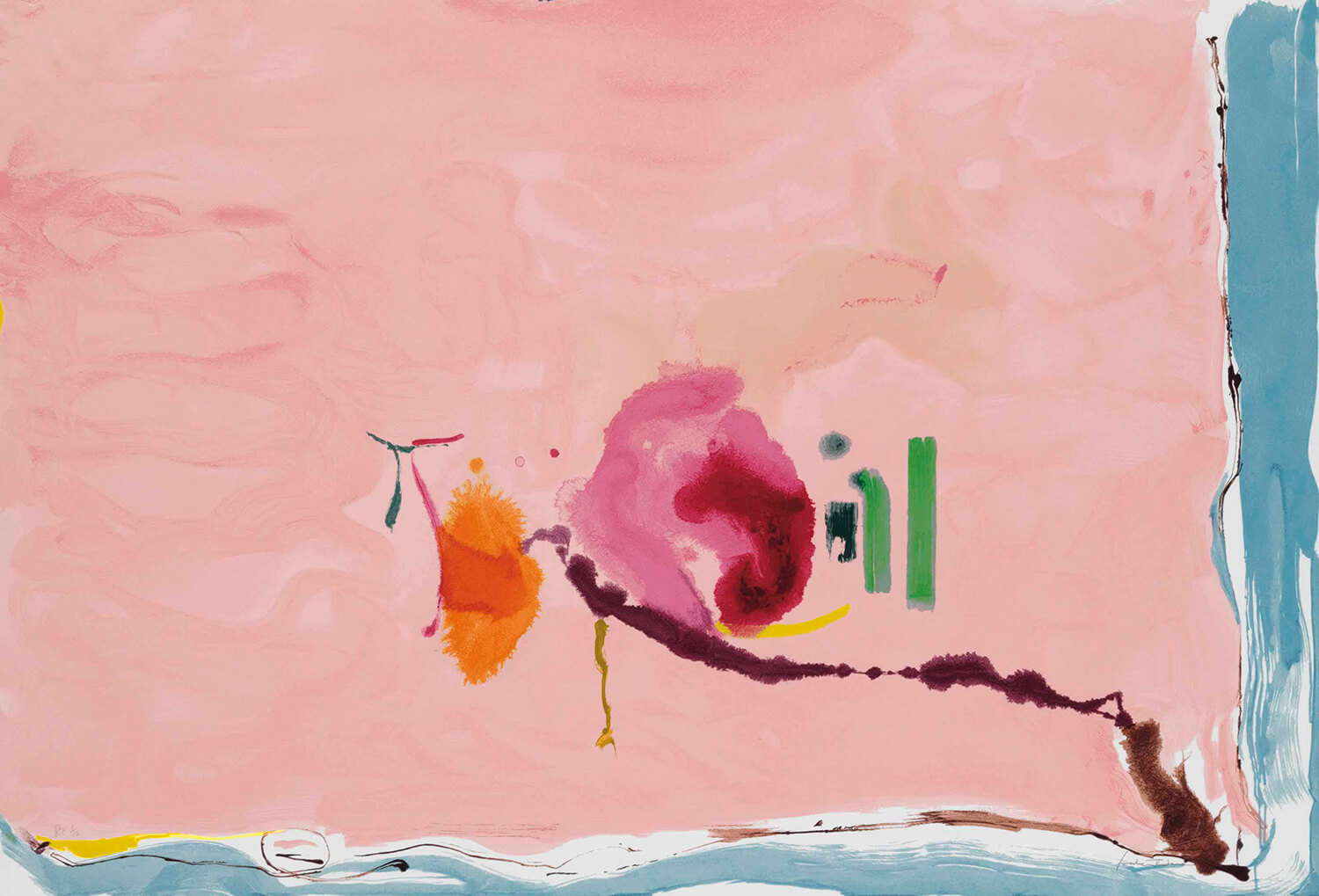
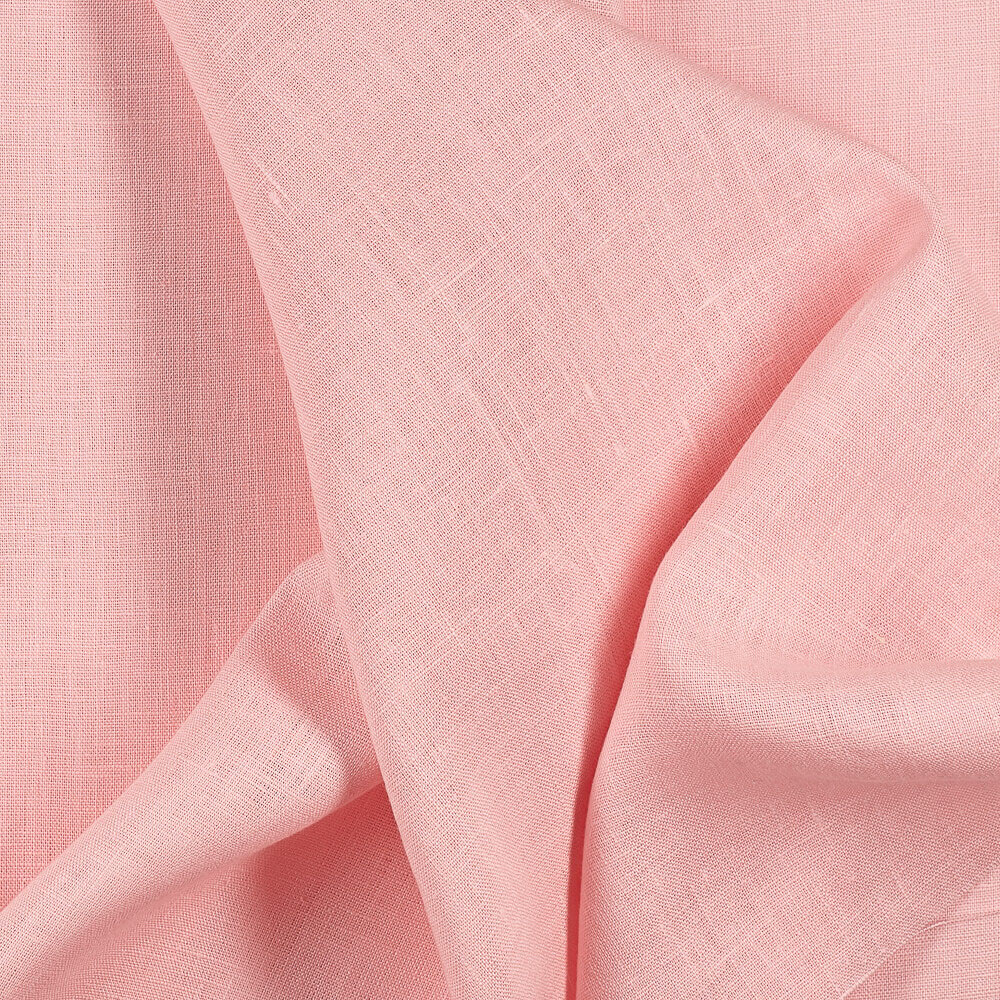
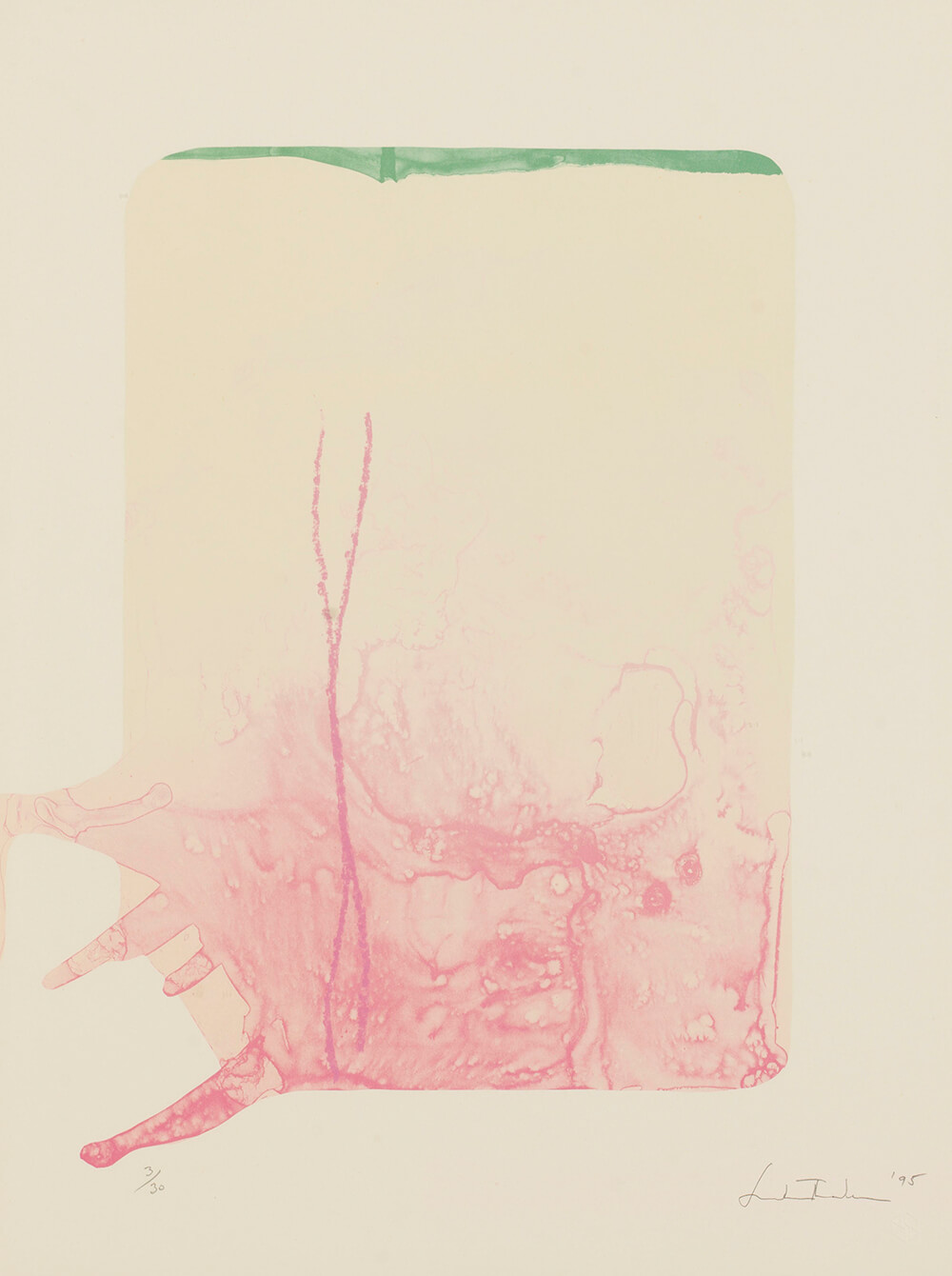







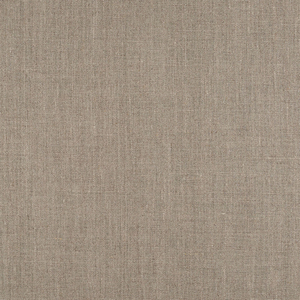

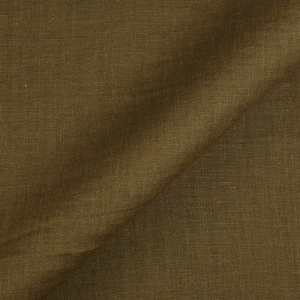


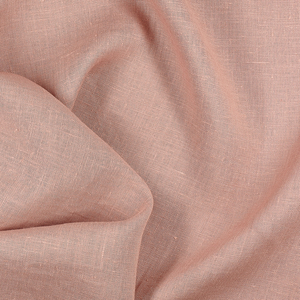




















2 Comments
Cassandra Tondro
I’m a big fan of Frankenthaler’s work. Thanks for featuring her here.
Christine Rooney
Thank you for introducing me to Helen Frankenthaler. I’m working on an encaustic painting but couldn’t find a solution to complete it. Crystal Pink!